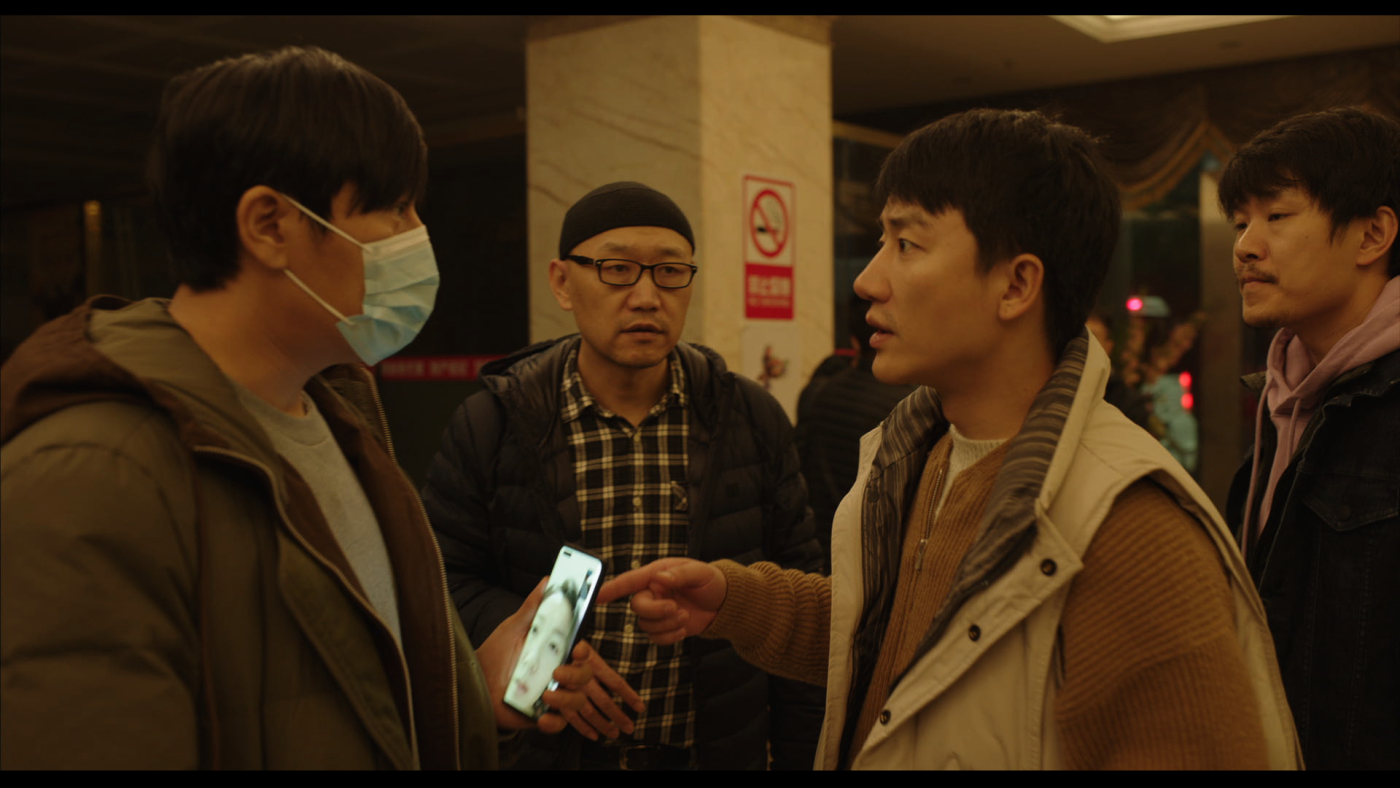Fast Facts
-
Documentary Style: Lou Ye’s An Unfinished Film employs a semi-documentary approach, chronicling a film crew’s attempts to revive an abandoned project while quarantined during the early COVID-19 pandemic near Wuhan.
-
Censorship and Controversy: Despite being censored in China, the film has received international acclaim, including Best Director at the Golden Horse Awards, reflecting audiences’ desire for honest portrayals of pandemic experiences.
-
Artistic and Political Struggle: The film embodies the challenges of creative expression against personal and political constraints, highlighting the oppressive dynamics during the Wuhan lockdown and the crew’s emotional turmoil.
-
Incomplete Narratives: While it candidly incorporates events from the pandemic, An Unfinished Film notably omits the devastating aftermath of the reopening, leaving audiences with an unresolved sense of trauma and the ongoing search for meaningful narratives in a censored cultural landscape.
A Captive Narrative Amid Chaos
Lou Ye’s An Unfinished Film presents an intriguing yet imperfect reflection of the tumultuous era following the onset of COVID-19. As the film unfolds, it captures a film crew’s struggle to complete a project, only to find themselves quarantined in a hotel during a pivotal moment in history. This semi-documentary approach portrays the disarray surrounding Wuhan’s lockdown. While the simplicity of the plot highlights the artists’ confinement, it also raises critical questions about the purpose of creation under oppressive circumstances.
The film’s release has sparked intense discussion, particularly around artistic freedom in China. Critics argue that while An Unfinished Film garners acclaim for its boldness, it misses addressing profound societal ramifications and the tragedy of loss during the pandemic. Lou’s portrayal hints at a yearning for honest narratives but leaves viewers grappling with unprocessed trauma. The absence of a thorough examination of the human toll encapsulates a broader societal reluctance to confront the pandemic’s aftermath directly.
A Reflection of Societal Silence
The film’s exploration of the personal versus political struggle resonates deeply with contemporary audiences. It shadows the artistic journey against the backdrop of government censorship, and yet, it reflects the audience’s craving for more nuanced stories. Cultural critics suggest this desire speaks to a larger phenomenon of collective silence surrounding grief and accountability. The film illustrates this by showcasing the actors’ trivial complaints about quarantine, overshadowing the unseen efforts of those who sustained daily life.
Although An Unfinished Film provides a window into the documented chaos, it simultaneously leaves significant gaps. The viewer witnesses protests and government responses but only hints at the cascading fatalities that ensued following the lifting of restrictions. This selective acknowledgment mirrors a societal tendency to skirt uncomfortable truths. As the narrative remains unfinished, it invites reflection on both the need for closure and the importance of continuing the dialogue. In urging a comprehensive understanding of such a pivotal moment, Lou Ye’s work becomes a crucial stepping stone toward addressing past uncertainties and shaping future awareness.
Discover More Technology Insights
Stay informed on the revolutionary breakthroughs in Quantum Computing research.
Discover archived knowledge and digital history on the Internet Archive.
TechV1

